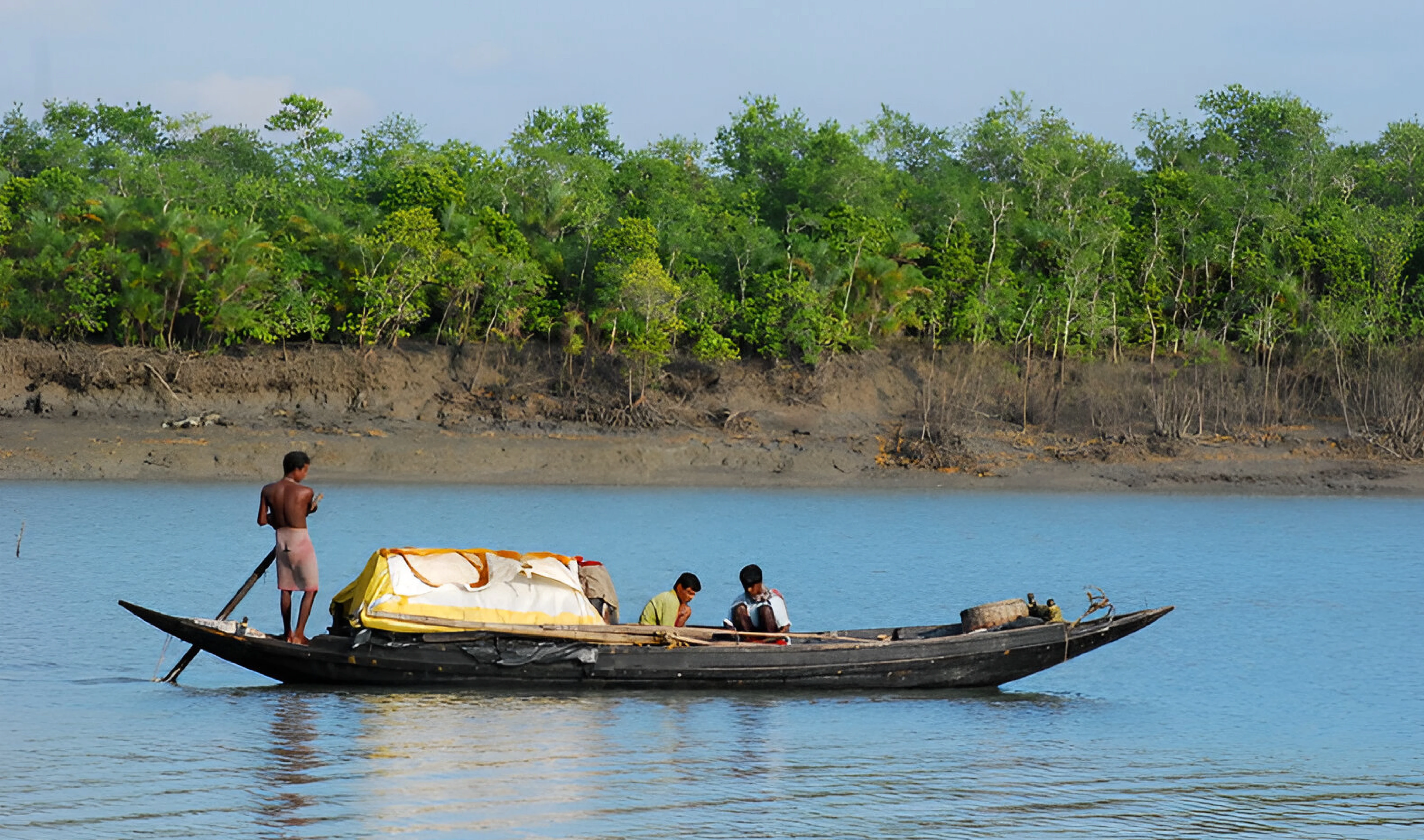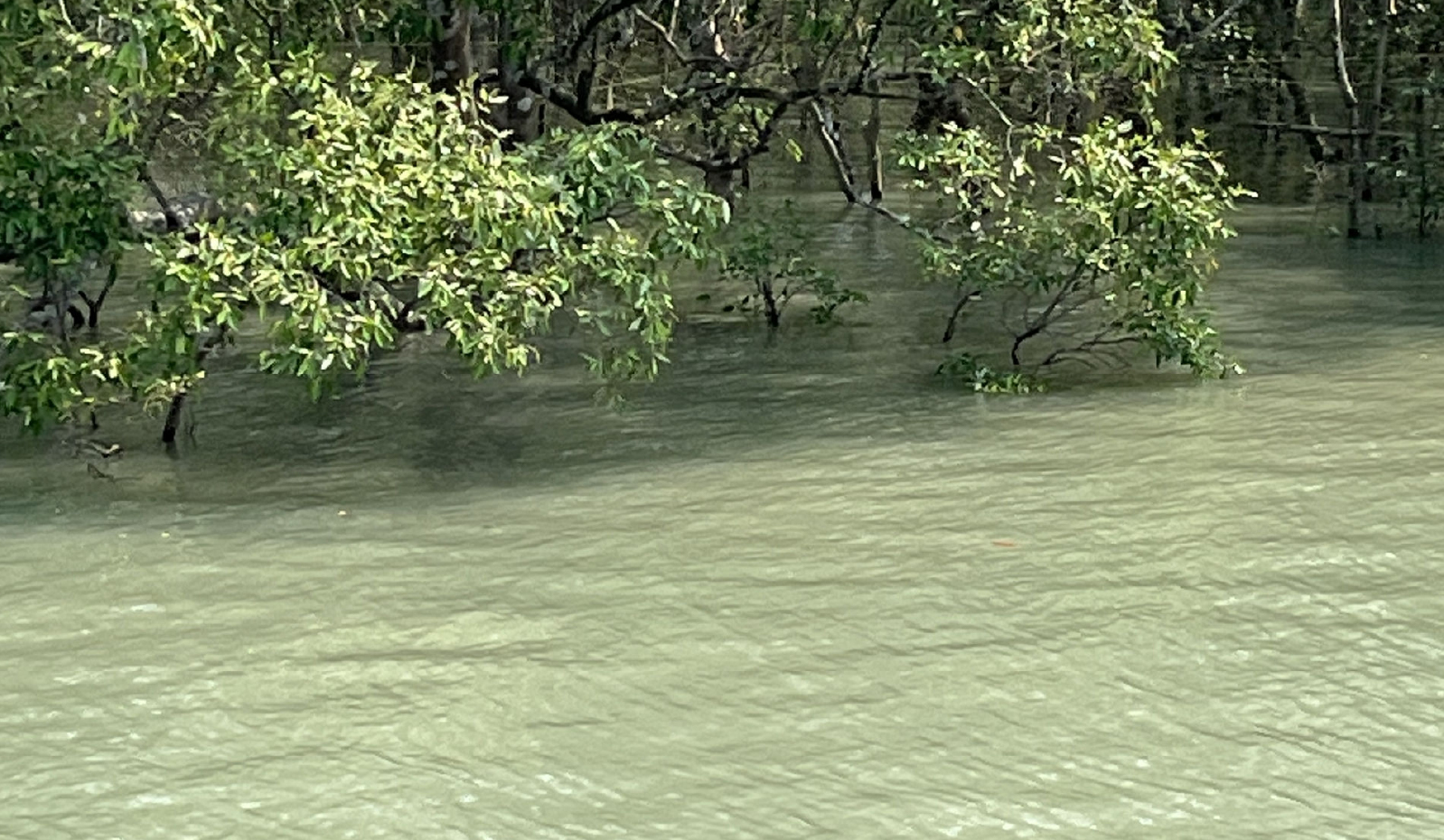The Sustainable Aquaculture in Mangrove Ecosystems (SAIME) model, developed by Nature Environment and Wildlife Society has received Global Technical Recognition from the UN’s Food and Agriculture Organization (FAO).
What is the SAIME Initiative?
- SAIME is a Multi-Stakeholder Partnership (MSP) to strengthen transformative processes in shrimp trade as a basis for the protection of mangrove ecosystems in South Asia.
- In Sunderbans, SAIME aims to build a resilient ecosystem standardizing a practice of culture methodology of brackish water aquaculture integrating native black tiger shrimp as one of the major candidate species in an ecosystem-based approach and capacitating the existing brackish water farmers for the same.
- The initiative exemplifies an ecosystem-based, climate-adaptive, and conservation-linked livelihood approach.
- It aims to reduce blue carbon emissions by integrating mangroves as natural carbon sinks and enhance market access through farmer institutions, branding, and certification to ensure fair prices and inclusive growth.
- Funding: Global Nature Fund (GNF) in consortium with Naturland e.V. and Mercedes Benz.
- It also operationalizes the Integrated Mangrove Aquaculture (IMA) which aims to promote extensive culture of low stocking densities with no additional feed input.
About Sunderbans
|





